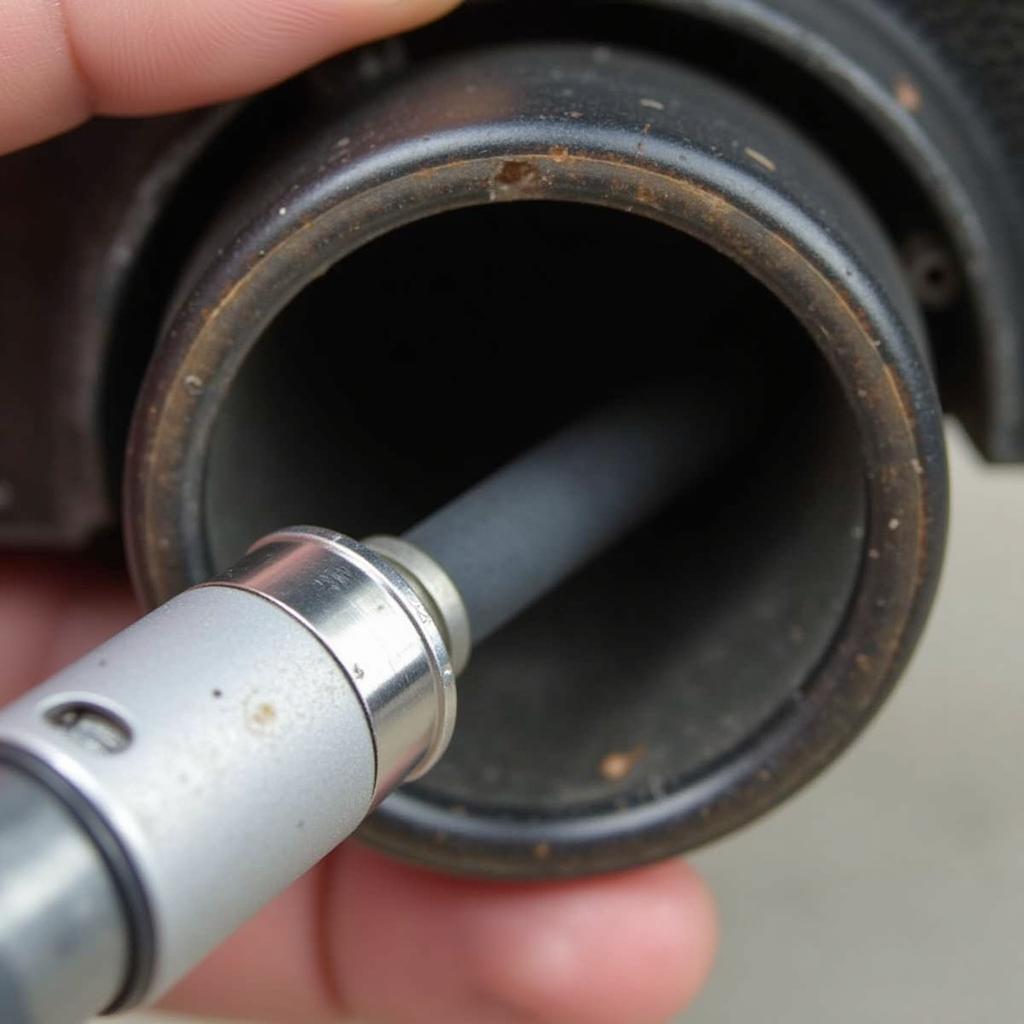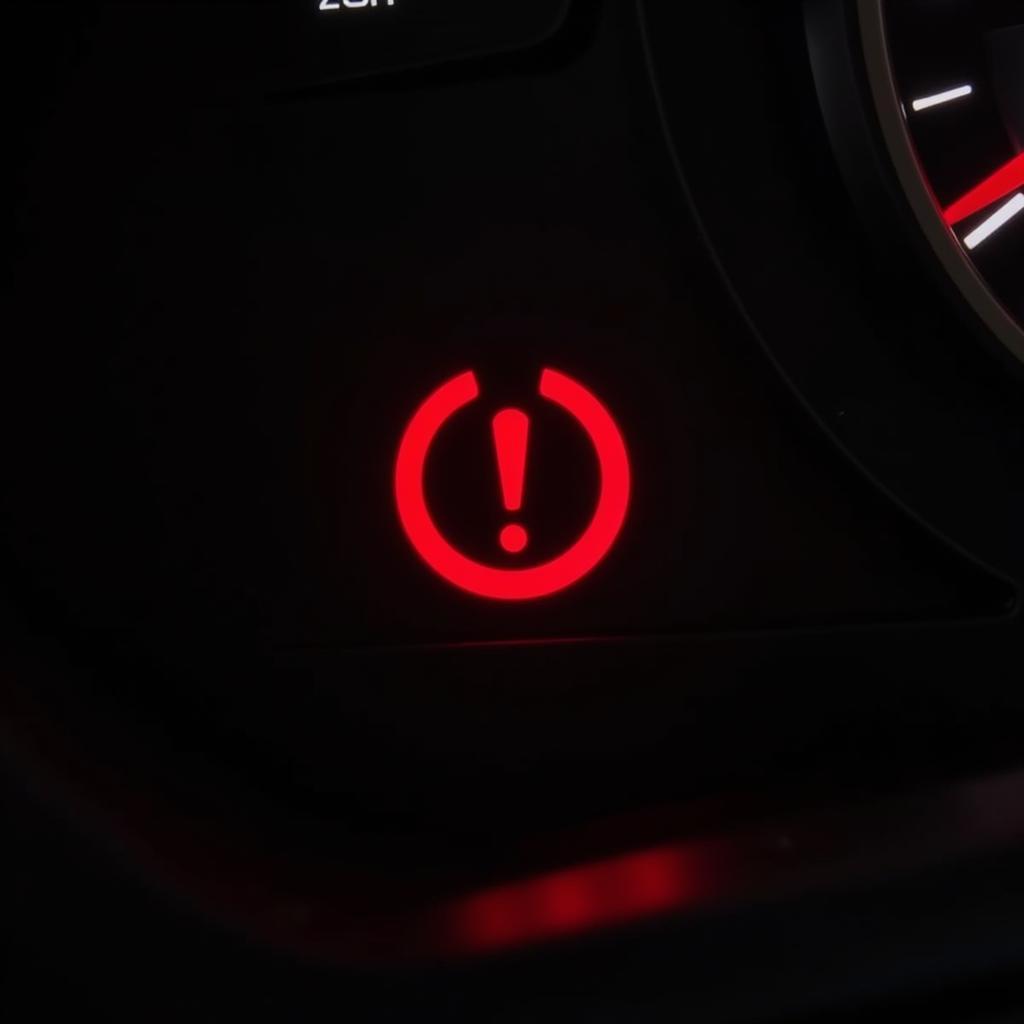Seeing the catalytic converter warning light illuminated on your Seat Alhambra’s dashboard can be a cause for concern. This light, often represented by an engine outline with a squiggly line through it, indicates a potential issue with your vehicle’s emissions system. Ignoring this warning can lead to decreased fuel efficiency, increased harmful emissions, and potentially more costly repairs down the line.
While a trip to a qualified mechanic specializing in Seat vehicles is always recommended for a definitive diagnosis, understanding the common causes of this warning light can be beneficial.
Common Causes of a Catalytic Converter Warning Light on a Seat Alhambra
A catalytic converter is a vital part of your Seat Alhambra’s emissions system. Its primary function is to convert harmful pollutants, such as carbon monoxide and nitrogen oxides, into less harmful substances before they are released into the atmosphere. When the warning light appears, it suggests that the catalytic converter is not functioning optimally. Here are some of the most common culprits:
- Failing Oxygen Sensor: Oxygen sensors, also known as O2 sensors, play a crucial role in monitoring the exhaust gases leaving the engine. This information helps the car’s computer adjust the air-fuel mixture for optimal combustion and reduced emissions. A malfunctioning oxygen sensor can send inaccurate readings to the engine control unit (ECU), causing the catalytic converter warning light to trigger.
 Seat Alhambra Oxygen Sensor
Seat Alhambra Oxygen Sensor
-
Faulty Catalytic Converter: While catalytic converters are designed to last the lifespan of your vehicle, they can fail prematurely due to various factors. These can include exposure to contaminated fuel, engine misfires causing unburnt fuel to enter the exhaust, or even physical damage to the converter itself.
-
Engine Misfires: When your engine misfires, it means that the fuel-air mixture isn’t igniting properly in one or more cylinders. This can lead to unburnt fuel entering the exhaust system, which can overheat and damage the catalytic converter.
-
Leaking Exhaust System: A leak anywhere in the exhaust system, from the engine manifold to the tailpipe, can disrupt the exhaust flow and trigger the catalytic converter warning light.
Diagnosing the Issue: Remote Diagnostics and Software Solutions
In today’s technologically advanced automotive landscape, remote diagnostics and software solutions play an increasingly vital role in diagnosing and addressing vehicle issues. Specialized service providers, like CarDiagTech, can remotely access your Seat Alhambra’s onboard computer system to retrieve diagnostic trouble codes (DTCs) related to the catalytic converter warning light.
These codes provide valuable insights into the potential root cause of the problem, helping to narrow down the diagnostic process and potentially even guide remote software updates or recalibrations. This eliminates the need for an immediate physical visit to a mechanic, offering convenience and efficiency in addressing the issue.
What to Do When the Catalytic Converter Warning Light Comes On
-
Don’t Panic: While seeing any warning light on your dashboard can be unsettling, it’s crucial not to panic.
-
Check Your Gas Cap: It might seem trivial, but a loose or missing gas cap can trigger the catalytic converter warning light. This is because a loose cap can allow fuel vapors to escape, disrupting the fuel system’s pressure and potentially affecting the emissions system.
-
Monitor Your Driving: If the light is flashing, it indicates a more serious issue that requires immediate attention. Avoid driving long distances and seek professional assistance as soon as possible.
-
Consult a Professional: If the warning light persists, a qualified mechanic specializing in Seat vehicles can accurately diagnose the issue. They have the expertise, specialized tools, and access to technical data to pinpoint the root cause, whether it’s a faulty oxygen sensor, a damaged catalytic converter, or another related component.
Conclusion
Addressing the catalytic converter warning light on your Seat Alhambra promptly is crucial for ensuring your vehicle’s optimal performance, fuel efficiency, and environmental responsibility. While this article provides helpful insights into potential causes, seeking professional diagnosis and repair from a reputable mechanic is always recommended. They can accurately diagnose the problem and guide you through the necessary repairs or replacements, getting you back on the road safely and efficiently.
FAQs about Catalytic Converter Warning Lights
1. Can I continue driving with the catalytic converter warning light on?
While you might be able to drive short distances, it’s not advisable to ignore the warning light. Continuing to drive with a faulty catalytic converter can lead to further damage to your vehicle’s emissions system and engine, potentially resulting in more costly repairs.
2. How long does a catalytic converter last?
Catalytic converters are designed to last the lifespan of a vehicle, but various factors can lead to premature failure.
3. How much does it cost to replace a catalytic converter?
The cost of replacing a catalytic converter can vary depending on the make and model of your vehicle and the labor costs in your area.
4. Can a faulty catalytic converter affect my car’s performance?
Yes, a faulty catalytic converter can negatively impact your car’s performance, leading to reduced fuel efficiency, decreased acceleration, and even engine stalling.
5. Are there any preventative measures to avoid catalytic converter problems?
Regular vehicle maintenance, including timely oil changes and spark plug replacements, can help prevent engine misfires and other issues that can damage the catalytic converter.



